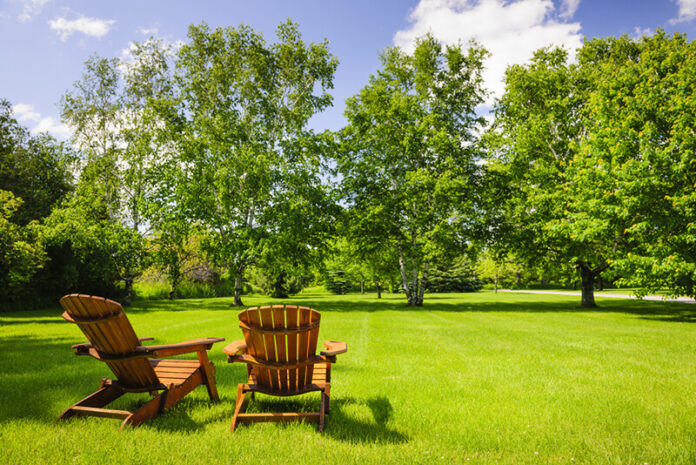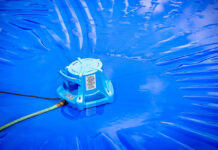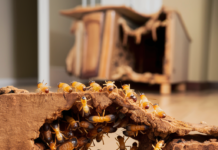When planning your backyard, shade is often a priority. Adding the right trees can create a cool retreat for your home. With the variety of trees available, finding the right fit can make a huge difference in both comfort and aesthetic.
As someone with agricultural knowledge, I know the importance of selecting the ones that provide not only shade but also beauty and longevity. Let’s explore some of the top tree choices for your backyard oasis.
Key Points:
- Consider fast-growing species for quick shade.
- Choose trees that fit your backyard size.
- Low-maintenance varieties work best for easy care.
- Mix evergreen and deciduous species for year-round coverage.
- Native species often adapt better to local conditions.
1. Prioritize Fast-Growing Trees for Instant Shade
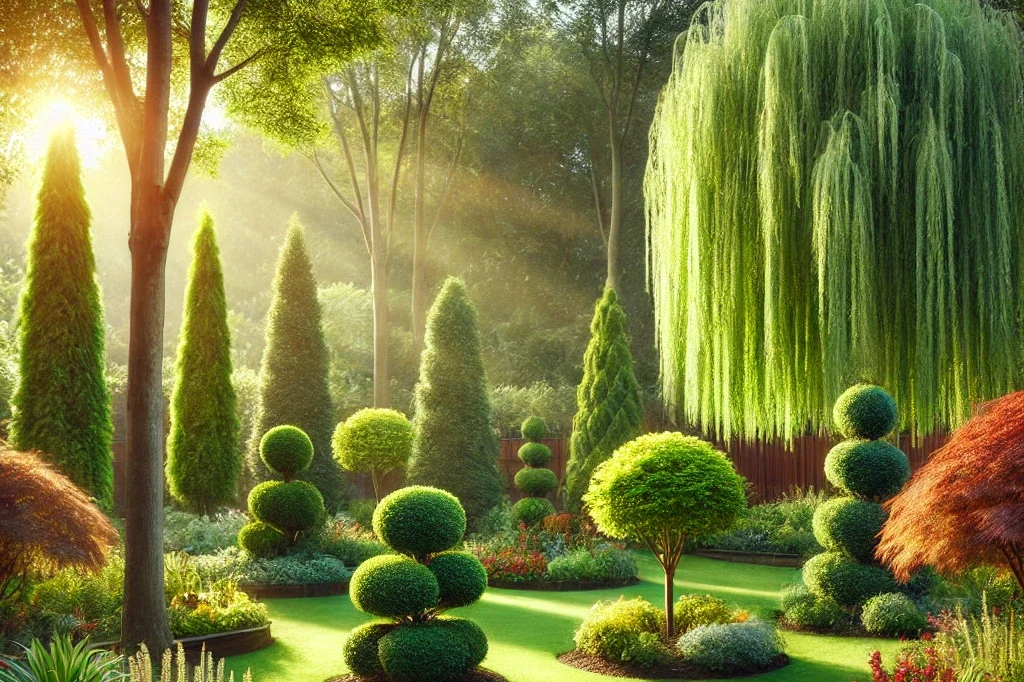
When planting in your backyard, it makes sense to choose fast-growing varieties. This allows you to enjoy the benefits of shade much sooner. Several species grow quickly and offer thick canopies.
Options like the Silver Maple or Hybrid Poplar grow at impressive rates, often providing shade within just a few years. These species thrive in various climates and grow robustly even with minimal care.
Fast-growing trees provide a practical solution for immediate shade. They are excellent choices for those looking to establish a shaded area sooner rather than later.
Finding the right trees can sometimes be overwhelming, especially when shopping for affordable options. Tree Nursery Co offers a broad selection of affordable garden plants online. With their expertise in plants, you can easily find the best trees that will not only provide shade but enhance the beauty of your outdoor space.
2. Consider Size – Match the Trees to Your Backyard Space
It is crucial to think about the available space in your backyard before choosing trees. If you have a smaller yard, look for the ones that will not overwhelm the space. Options like the Dogwood or Japanese Maple grow to manageable heights while still providing enough shade.
For larger backyards, you can opt for taller varieties such as the Oak or Sycamore. These majestic species create an expansive canopy that will cool your outdoor area and serve as a stunning focal point.
Knowing the size and how they will fit in your backyard is a key part of making the right choice.
3. Low-Maintenance Species for Easy Care
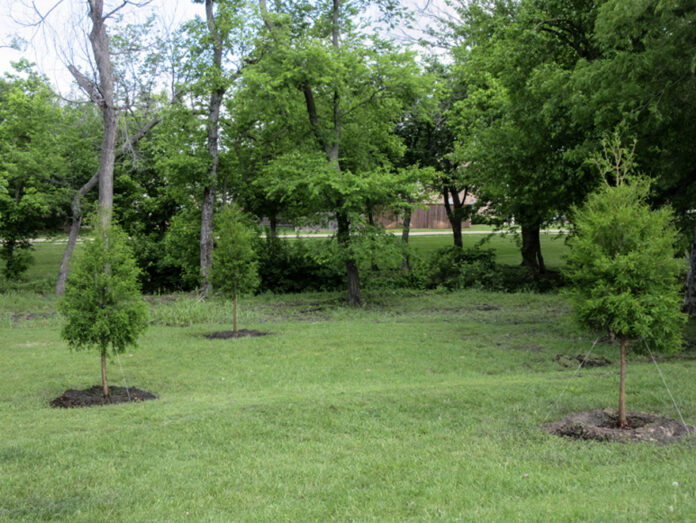
Some species are much easier to care for, making them ideal for homeowners who prefer less upkeep. The Bald Cypress, for example, thrives in various soils and requires minimal pruning. Similarly, the Ginkgo Biloba tree offers beauty and shade without demanding much from the gardener.
Low-maintenance trees save you time and effort, allowing you to focus on enjoying your outdoor space rather than maintaining it.
4. Mix Evergreens and Deciduous Trees for Year-Round Coverage
Creating a backyard oasis often involves finding balance. By mixing evergreen and deciduous species, you ensure that your outdoor space has coverage throughout the year.
Evergreens like the Southern Magnolia keep their foliage year-round, offering shade even in winter months. Deciduous species, like the Red Maple, lose their leaves seasonally, providing you with a dynamic shift in your backyard landscape.
Choosing a combination of both tree types will provide you with a varied backyard experience, no matter the season.
5. Native Trees Adapt Better to Local Conditions
Native trees tend to adapt more easily to the local environment. They are better suited to withstand regional weather patterns and soil types. Species like the American Elm or the Eastern Redbud thrive naturally, requiring less intervention on your part.
Native species often come with the added bonus of supporting local wildlife, as birds and other creatures rely on them for food and shelter.
When planning your backyard, prioritizing native species makes sense both environmentally and practically.
6. Adding Fruit Trees to Your Backyard
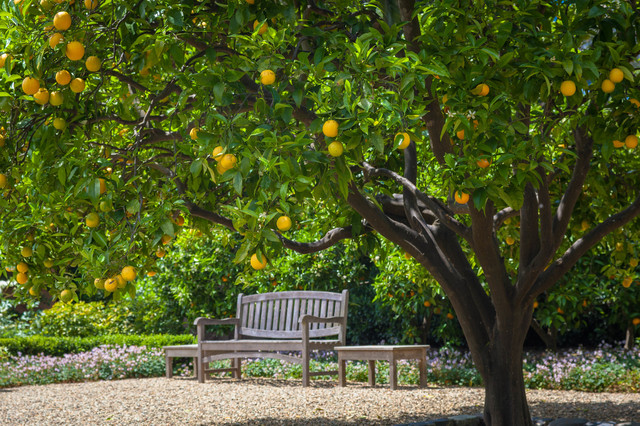
Varieties such as the Apple or Pear tree grow to a decent height while producing fruit for your family to enjoy. They also attract beneficial insects like bees, contributing to a healthy garden ecosystem.
Planting fruit trees adds another dimension to your backyard, combining practicality with beauty.
7. Trees That Create Focal Points
Some trees do more than just provide shade—they create a striking focal point in your backyard. Ornamental species, like the Cherry Blossom or Magnolia, bloom with stunning colors and fragrances. While they may not offer the same dense shade, their beauty draws attention and elevates the entire look of your outdoor space.
Using ornamental trees can bring a touch of elegance to your backyard while still offering moderate shade.
8. Trees that Improve Air Quality
Another great benefit to your backyard is the improvement of air quality. Certain species, such as the White Pine, are known for filtering pollutants and producing oxygen. Planting a few of these trees can make your backyard not only cooler but fresher, contributing to a healthier environment for your family.
9. Consider Tree Placement for Optimal Shade

Placing trees on the south or west side of your home will offer the most shade during the hottest parts of the day. Strategic planting can reduce the temperature around your home and even lower energy costs by keeping your home cooler naturally.
Frequently Asked Questions (FAQ)
How long do fast-growing trees take to provide shade?
Fast-growing species like the Silver Maple can begin offering significant shade within three to five years.
Do trees need special care after planting?
While most trees are hardy, they may require extra watering and mulching in the first few years until fully established.
Can trees damage my backyard foundation?
If planted too close to the house, large trees can potentially cause foundation damage. It’s recommended to plant at a safe distance based on the tree’s size at maturity.
Do all trees shed leaves?
No. Evergreen species retain their leaves year-round, while deciduous species shed them seasonally.
Are fruit trees harder to maintain?
Fruit species require some additional care, such as pruning and pest control, but they are manageable with the right effort.
Conclusion
Creating a shaded retreat in your backyard starts with choosing the right trees. Fast-growing varieties provide shade quickly, while low-maintenance options save you time and effort. By mixing evergreen and deciduous species, you ensure year-round coverage.
Native species often adapt best, while ornamental and fruit trees offer both beauty and practicality. By thinking carefully about tree placement, you can optimize the shade in your backyard and create a comfortable outdoor space for your family.
